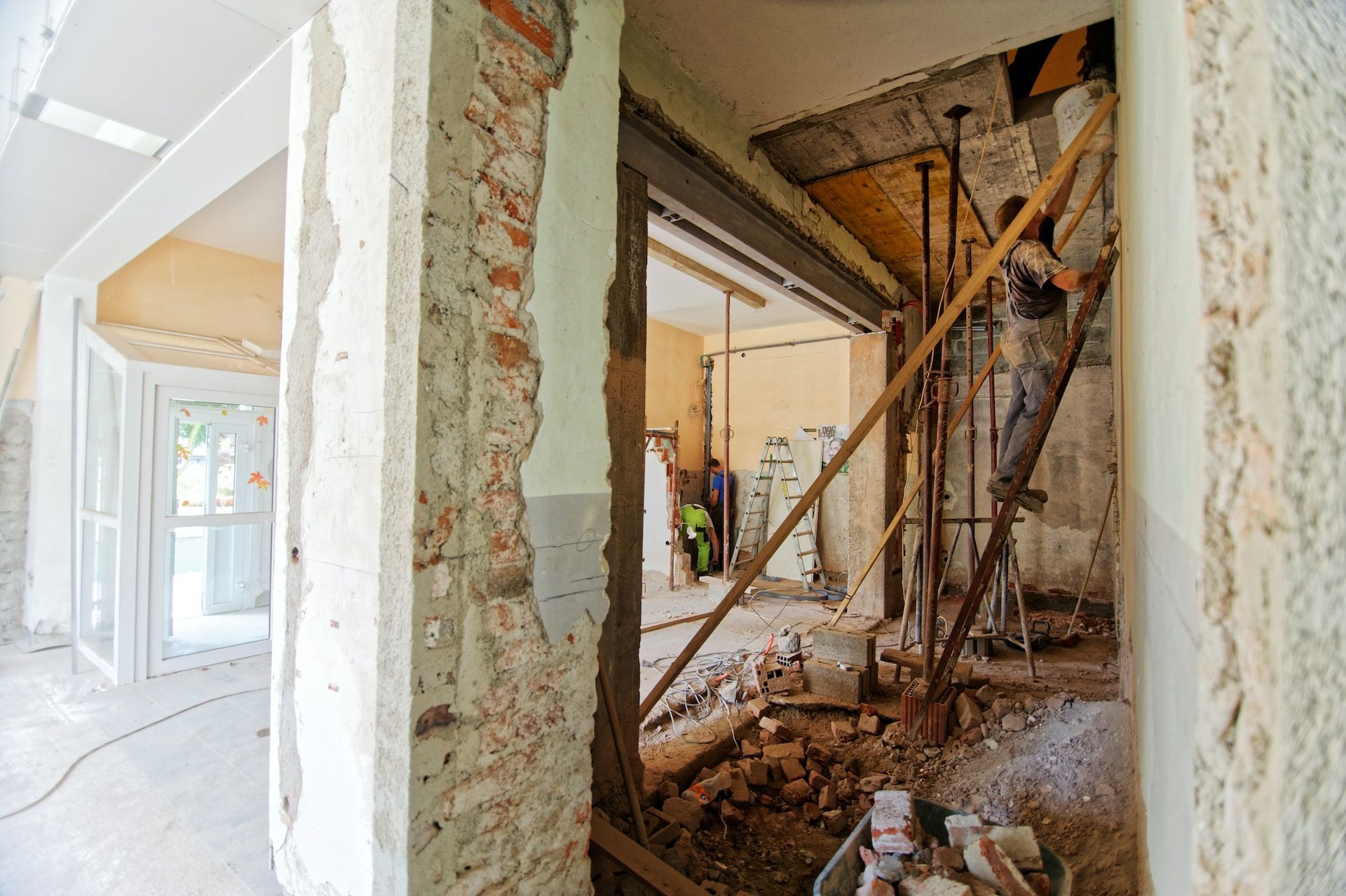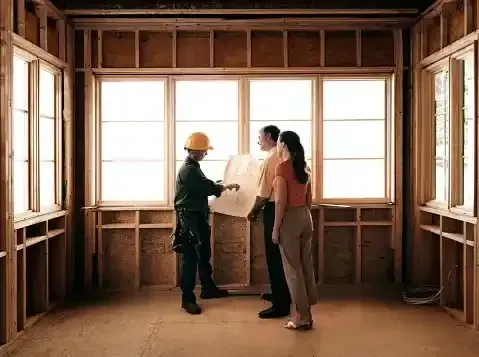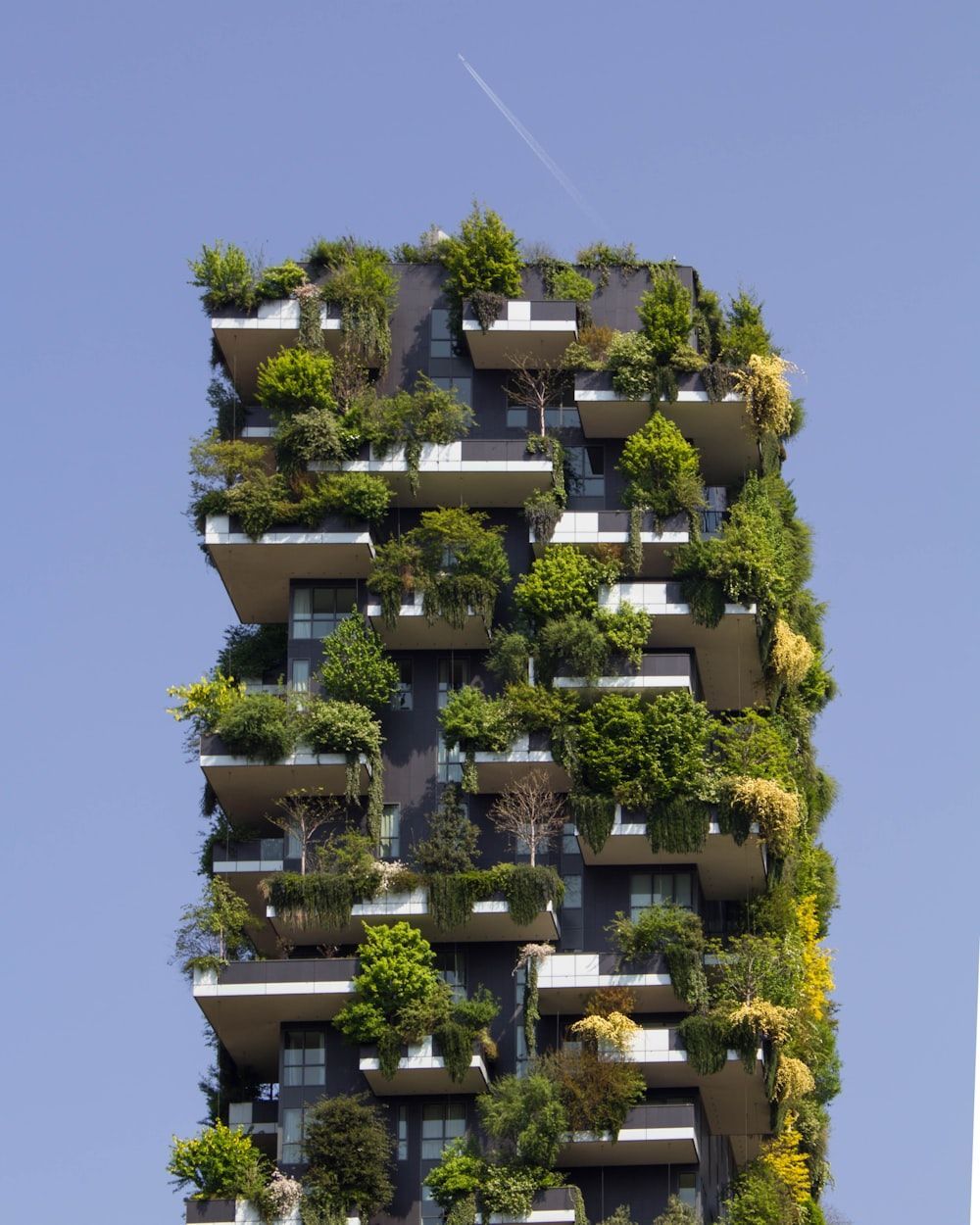Sustainable Construction: Building Responsibly for a Greener Future
In today's rapidly changing world, the construction industry has a crucial role to play in building a sustainable future. With the increasing global population and the growing concern for the environment, it is imperative for the construction industry to adopt sustainable practices that minimize the impact on the planet. Sustainable construction involves using renewable resources, reducing waste, and incorporating eco-friendly materials and designs. In this article, we will explore the importance of sustainable construction, the benefits it offers, and the various practices and materials involved. We will also share success stories of sustainable construction projects and provide tips for homeowners interested in reducing their environmental footprint.
The Importance of Sustainable Construction
The construction industry is one of the largest contributors to global pollution and resource consumption. According to the Supply Chain Sustainability School, building and construction in OECD countries account for 25-40% of total energy use, 30% of raw materials consumption, 30-40% of global greenhouse gas emissions, and 30-40% of solid waste generation. These staggering statistics highlight the urgent need for sustainable construction practices.
Sustainable construction aims to meet the needs of the present generation without compromising the ability of future generations to meet their own needs. It involves minimizing the use of non-renewable resources, reducing waste, and protecting the natural environment. By adopting sustainable practices, the construction industry can contribute to mitigating climate change, conserving resources, and creating healthier and more livable spaces.
The Benefits of Sustainable Construction
Environmental Benefits
One of the primary benefits of sustainable construction is its positive impact on the environment. By using renewable energy sources and eco-friendly materials, sustainable buildings can significantly reduce their carbon footprint. Green buildings are designed to be energy-efficient, minimizing energy consumption and reducing greenhouse gas emissions. They also incorporate water-saving features, reducing water consumption and minimizing strain on local water resources.
Additionally, sustainable construction promotes waste reduction and proper waste management. By using recycled materials and implementing recycling programs during construction, the amount of waste sent to landfills can be significantly reduced. Sustainable construction practices also prioritize the protection of natural habitats and ecosystems, promoting biodiversity and preserving the natural environment.
Financial Benefits
Contrary to the perception that sustainable construction is expensive, green buildings often provide financial benefits in the long run. While the initial construction costs may be slightly higher, green buildings are known to have lower operating costs. They are energy-efficient, reducing utility bills for tenants and homeowners. Sustainable materials and designs also contribute to the longevity and durability of buildings, reducing maintenance and repair costs.
Furthermore, sustainable buildings have been found to have higher property values compared to traditional buildings. According to The World Green Building Council, green buildings can achieve a 7% increase in value. This not only benefits homeowners and investors but also contributes to the overall economic growth and stability of communities.
Social Benefits
Sustainable construction has numerous social benefits as well. Green buildings prioritize the health and well-being of occupants. They provide better indoor air quality, natural light, and thermal comfort, creating healthier and more comfortable living and working environments. Studies have shown that occupants of green buildings experience improved productivity, better mental health, and reduced absenteeism.
Moreover, sustainable construction projects create job opportunities in the green economy. The transition to sustainable practices requires skilled professionals in areas such as renewable energy installation, energy auditing, and eco-design. By investing in sustainable construction, communities can foster economic growth, create employment, and improve the overall quality of life for their residents.
Sustainable Construction Practices
To achieve sustainable construction, several practices and approaches can be adopted. These practices aim to minimize environmental impact, conserve resources, and promote energy efficiency. Let's explore some of the key sustainable construction practices.
Use of Renewable Energy
One of the fundamental principles of sustainable construction is the utilization of renewable energy sources. By incorporating solar panels, wind turbines, or geothermal systems, buildings can generate their own clean energy. Renewable energy systems not only reduce reliance on fossil fuels but also lower energy consumption and greenhouse gas emissions.
Energy-Efficient Designs
Energy-efficient designs are crucial for sustainable construction. This involves optimizing building orientation, insulation, and ventilation to reduce the need for heating and cooling. Energy-efficient windows, advanced insulation materials, and smart HVAC systems can significantly improve energy performance and reduce energy consumption.
Eco-Friendly Building Materials
Choosing eco-friendly building materials is another essential aspect of sustainable construction. Materials that are renewable, recyclable, or made from recycled content should be prioritized. For example, using sustainably sourced timber, recycled steel, or low-embodied carbon concrete can significantly reduce the environmental impact of construction.
Water Conservation
Water conservation is an integral part of sustainable construction. This can be achieved through the installation of water-saving fixtures such as low-flow toilets and faucets, rainwater harvesting systems, and efficient irrigation systems. Proper water management and efficient use can help mitigate water scarcity and reduce the strain on local water resources.
Waste Reduction and Recycling
Minimizing waste generation and promoting recycling are essential practices in sustainable construction. Construction sites should implement waste management plans that prioritize recycling and proper disposal of waste materials. By reusing and recycling construction waste, the amount of waste sent to landfills can be significantly reduced, conserving resources and minimizing environmental impact.
Incorporation of Renewable Energy Sources
To further enhance the sustainability of buildings, the incorporation of renewable energy sources is crucial. This can include the installation of solar panels, wind turbines, or geothermal systems to meet the energy needs of the building. Renewable energy sources not only reduce reliance on non-renewable resources but also contribute to a greener and more sustainable energy grid.
Sustainable Building Materials
The choice of building materials plays a crucial role in sustainable construction. Here are some sustainable building materials commonly used:
Bamboo
Bamboo is a highly sustainable material due to its rapid growth and renewability. It can be used for various applications, including flooring, furniture, and structural elements. Bamboo is lightweight, durable, and has a low environmental impact compared to traditional construction materials.
Rammed Earth
Rammed earth is an ancient construction technique that involves compacting layers of soil to create solid walls. This technique is highly sustainable as it utilizes locally available soil and does not require the use of energy-intensive materials such as cement. Rammed earth walls also provide excellent thermal insulation, reducing the need for artificial heating and cooling.
Recycled Steel
Using recycled steel in construction helps reduce the demand for virgin steel production, which has a significant environmental impact. Recycled steel retains its strength and durability and can be used for structural elements in buildings.
Reclaimed Wood
Reclaimed wood refers to wood that has been salvaged from old buildings, barns, or other sources. Using reclaimed wood not only reduces the demand for new timber but also gives a second life to materials that would otherwise go to waste. Reclaimed wood can be used for flooring, furniture, and decorative elements.
Recycled Concrete
Recycled concrete is made by crushing and reusing old concrete that would otherwise be discarded. By incorporating recycled concrete into new construction projects, the demand for virgin concrete production can be reduced, resulting in significant energy savings and waste reduction.
Green Insulation Materials
Insulation is essential for energy-efficient buildings. Traditional insulation materials, such as fiberglass, can have adverse environmental impacts. However, there are several eco-friendly insulation materials available. These include cellulose insulation made from recycled paper, wool insulation sourced from renewable sheep wool, and cork insulation made from the bark of cork oak trees.
Success Stories in Sustainable Construction
Sustainable construction is not just a theoretical concept; it has been successfully implemented in numerous projects around the world. Let's explore some inspiring success stories that demonstrate the positive impact of sustainable construction.
One Central Park, Sydney, Australia
One Central Park in Sydney is a prime example of sustainable construction. The building incorporates extensive green walls and vertical gardens, which not only enhance the aesthetics but also improve air quality and provide insulation. The building also utilizes solar panels and a tri-generation plant for renewable energy generation, making it almost self-sufficient in terms of energy.
The Edge, Amsterdam, Netherlands
The Edge, located in Amsterdam, is considered one of the greenest office buildings in the world. It utilizes a range of sustainable technologies, including solar panels, rainwater harvesting systems, and smart lighting and ventilation systems. The building's energy-efficient design and innovative technologies have resulted in significant energy savings and a reduced carbon footprint.
Bullitt Center, Seattle, USA
The Bullitt Center in Seattle is often referred to as the greenest commercial building in the world. It is designed to be net-zero energy, meaning it produces as much energy as it consumes. The building incorporates solar panels, rainwater harvesting, and composting toilets, among other sustainable features. The Bullitt Center showcases the potential for sustainable construction to create high-performing, environmentally friendly buildings.
These success stories demonstrate that sustainable construction is not only feasible but also highly beneficial in terms of energy efficiency, resource conservation, and environmental impact reduction. By adopting sustainable practices and technologies, the construction industry can create buildings that are both environmentally responsible and economically viable.
Tips for Homeowners Interested in Sustainable Construction
If you are a homeowner interested in reducing your environmental footprint and embracing sustainable construction practices, here are some tips to consider:
- Consult with a Sustainable Home Builder: Work with a home builder who specializes in sustainable construction. They can guide you through the process and help you make informed decisions regarding eco-friendly materials, energy-efficient designs, and renewable energy systems.
- Prioritize Energy Efficiency: Invest in energy-efficient appliances, windows, and insulation. These upgrades can significantly reduce energy consumption and lower your utility bills.
- Consider Renewable Energy Sources: Explore the possibility of installing solar panels or other renewable energy systems to generate clean energy for your home. This will not only reduce your reliance on fossil fuels but also contribute to a greener energy grid.
- Choose Eco-Friendly Materials: Opt for building materials that are made from recycled content or have a low environmental impact. This includes materials such as reclaimed wood, recycled steel, and sustainable insulation materials.
- Maximize Natural Light: Design your home to maximize natural light, reducing the need for artificial lighting during the day. This can be achieved through strategic window placement, skylights, and light-colored interior finishes.
- Implement Water-Saving Features: Install water-saving fixtures, such as low-flow toilets and faucets, and consider rainwater harvesting systems for irrigation purposes. Efficient water management can help conserve water resources and reduce your water footprint.
- Embrace Sustainable Landscaping: Create a sustainable landscape by incorporating native plants, utilizing rain gardens for stormwater management, and minimizing the use of pesticides and chemical fertilizers. This will promote biodiversity and reduce the environmental impact of your outdoor space.
By following these tips, you can make your home more sustainable, reduce your environmental footprint, and contribute to a greener future.
Conclusion
Sustainable construction is not just a trend; it is a necessity for building a greener and more sustainable future. By adopting sustainable practices, the construction industry can significantly reduce its environmental impact while creating healthier and more energy-efficient buildings. From the use of renewable energy sources to the incorporation of eco-friendly building materials, there are numerous ways to achieve sustainable construction. The benefits are far-reaching, encompassing environmental, financial, and social aspects. Whether you are a homeowner or a construction professional, embracing sustainable construction practices is a step towards a more sustainable and responsible future.
At T&L Construction, we are committed to sustainable construction practices and offer a wide range of services to help you build your dream home while minimizing the impact on the environment. Contact us today to learn more about our sustainable construction solutions and how we can help you create a greener future.
Disclaimer: The information provided in this article is for informational purposes only and should not be considered as professional advice. Please consult with a qualified professional for specific advice tailored to your situation.
You might also like
Home Improvement Inspiration & Insights





